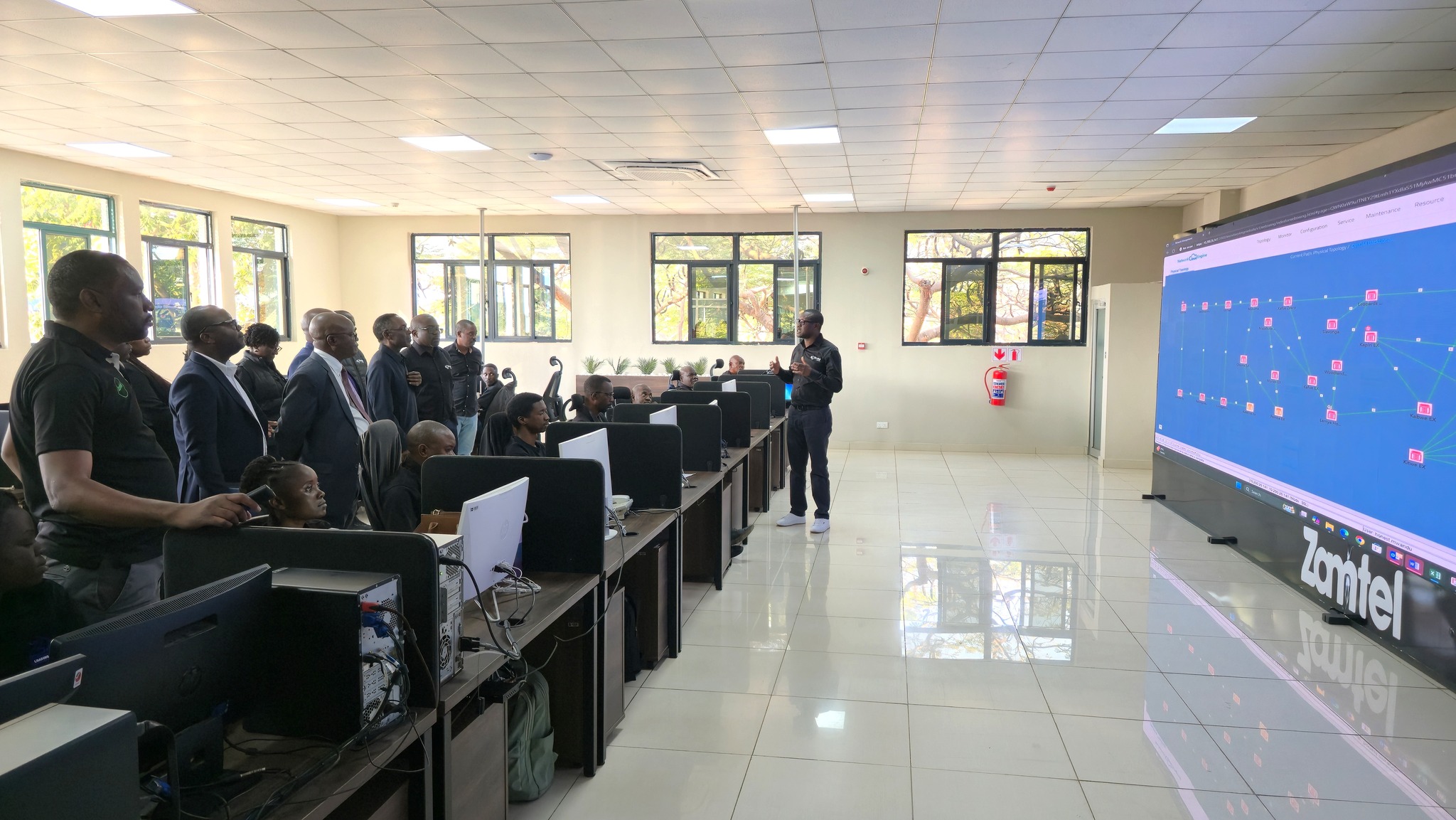Zamtel’s journey to listing on the Lusaka Securities Exchange (LuSE) is gathering momentum, with the telecoms company targeting the first quarter of 2026 for its Initial Public Offering (IPO).
The update came during a familiarisation tour of Zamtel by Industrial Development Corporation (IDC) Chief Executive Officer Mr. Cornwell Muleya, who commended the company’s progress and pledged full support to ensure a successful listing. Zamtel is wholly owned by IDC.
According to Zamtel’s management, the company’s equity restructuring will be executed in two phases. Phase one involves the IPO, while the second phase, slated for post-2027, will seek strategic partnerships to further strengthen the business.
In March 2025, Zamtel appointed Pangaea Securities as transaction advisers. Pangaea has since submitted an inception report, which received board approval, paving the way for preliminary pre-transaction activities. Shareholder approval is now the next milestone before the listing process moves forward.
Mr. Muleya praised Zamtel’s leadership for laying a strong foundation for growth through an ambitious strategic plan, a service upgrade programme, the creation of a modern workplace in its new headquarters, and its planned entry into the capital markets.
“Listing the company on LuSE is good. One of our aims is to stimulate the capital markets. We will support you in all areas that make you succeed,” he said, adding that Zamtel plays a critical role in improving the quality of life for Zambians and advancing financial inclusion.
Alongside the listing preparations, Zamtel is accelerating its network upgrade programme. Between January and June 2025, the company secured $12.6 million to expand 4G coverage and enhance its mobile money platform.
So far, 134 4G sites have been upgraded and commissioned, with 29 more set to go live by mid-August, bringing the total to 163 sites. By December 2025, Zamtel aims to have 437 upgraded sites operational nationwide.
The investments are already yielding results. The company has recorded a 111% surge in mobile money usage, alongside notable increases in overall service uptake.

